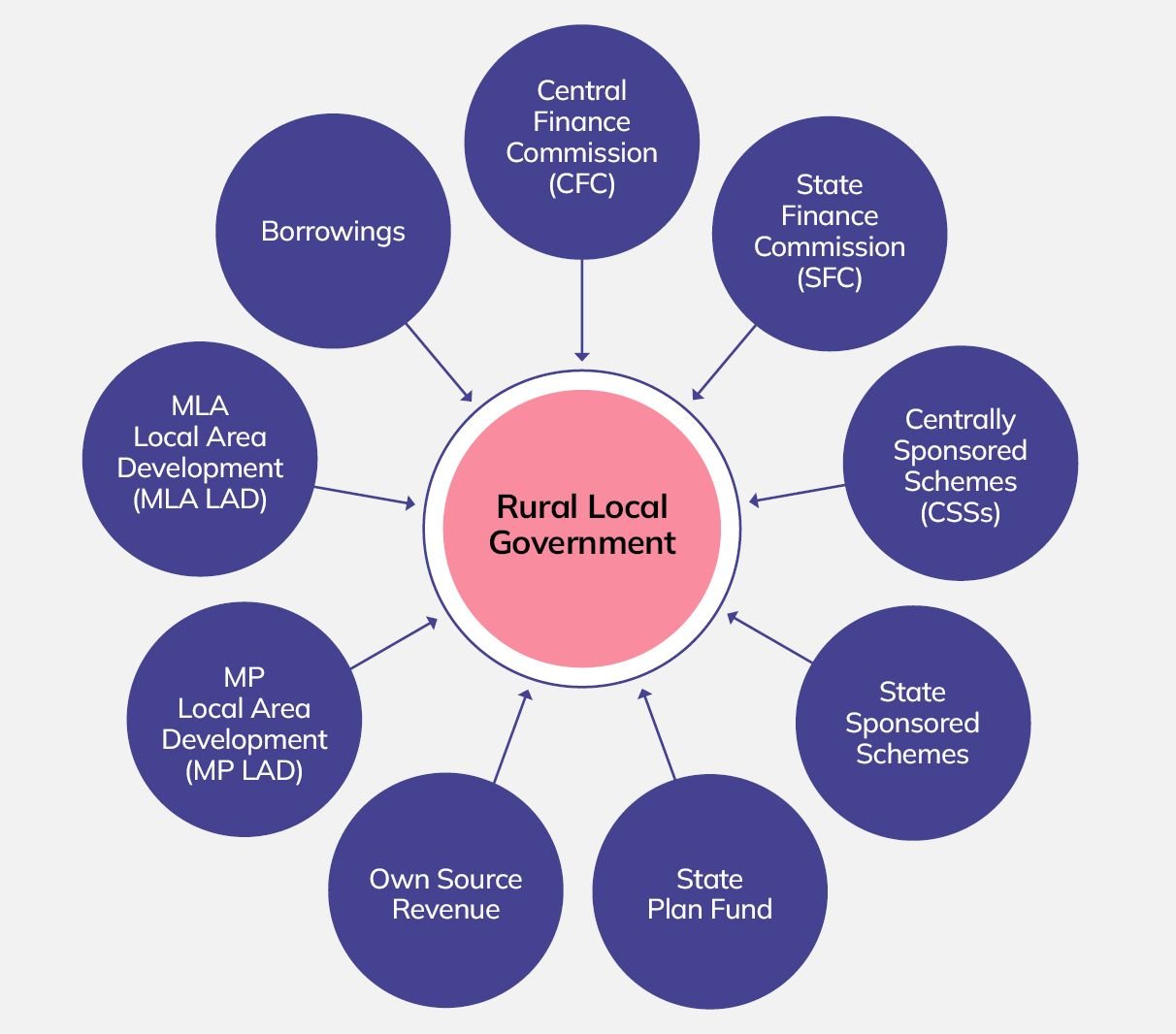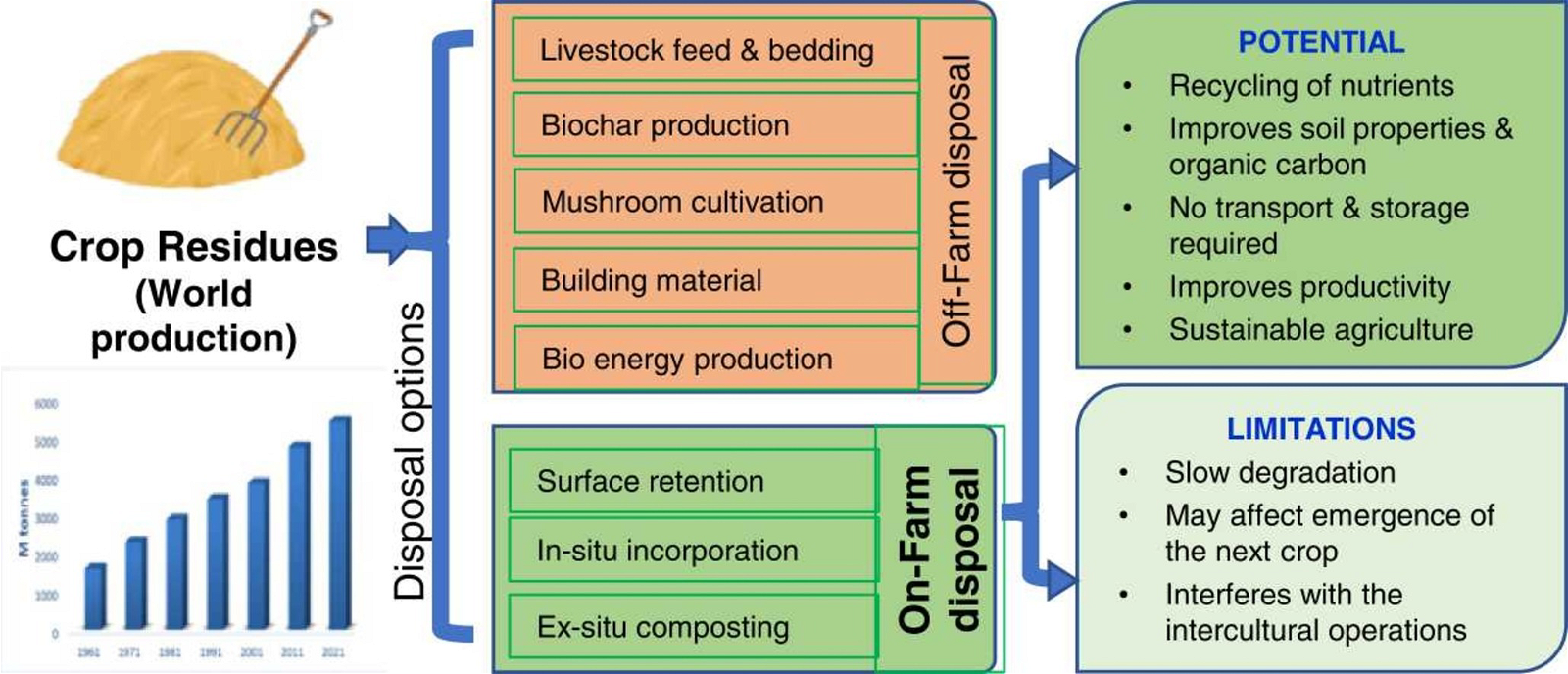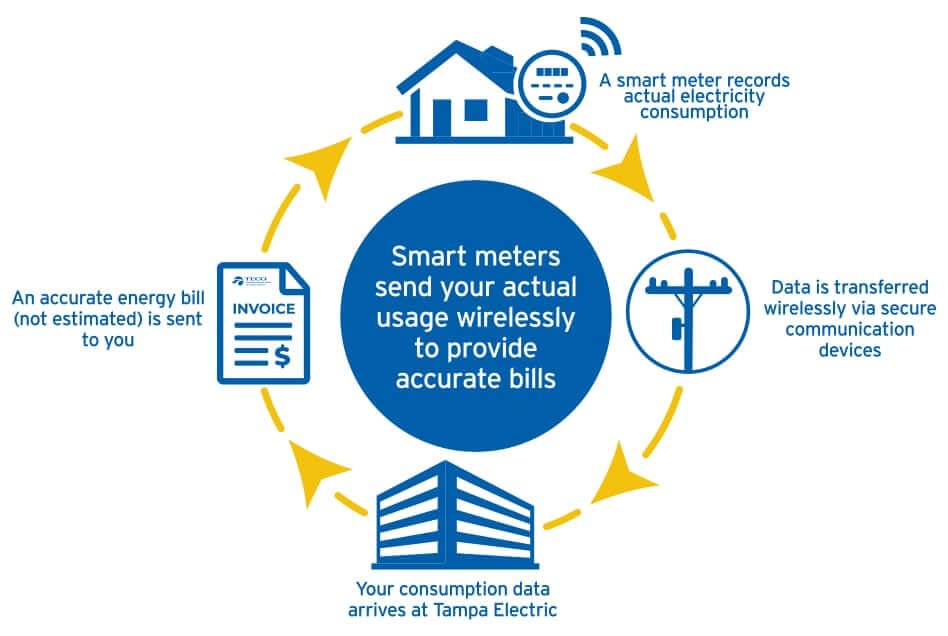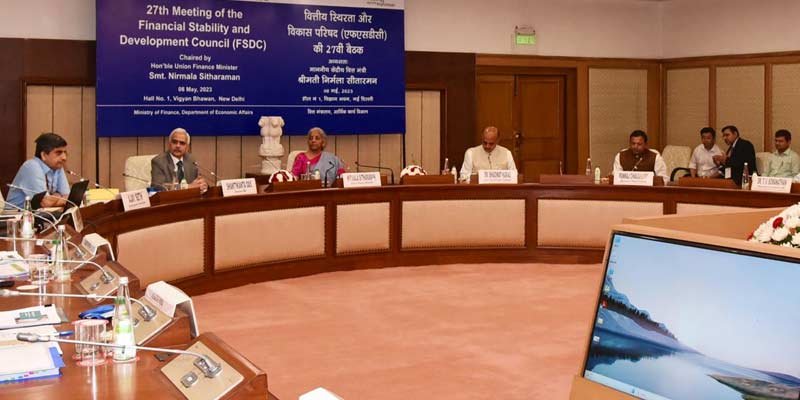
Internationalization of Rupee
Subscribers of "Current Affairs" course can Download Daily Current Affairs in PDF/DOC
Subscribe to Never Miss an Important Update! Assured Discounts on New Products!
Must Join PMF IAS Telegram Channel & PMF IAS History Telegram Channel
- Context (IE): India recently made payment in Indian Rupees to UAE for crude oil imports.
- Internationalisation of Rupee involves increasing the use of the rupee in cross-border transactions.
- It involves promoting the rupee for import and export trade and other current account transactions, followed by its use in capital account transactions.
- It requires:
- Further opening up of the currency settlement,
- Strong currency swap and forex market,
- Full convertibility of the currency on the capital account and
- Cross-border transfer of funds without any restrictions.
|
|
Initiatives towards Internationalisation of Rupee
- Trade Settlement in Indian Rupee with countries like Nepal, Bhutan, Iran etc.
- ‘International Settlement of Trade in Indian Rupee’ through special VOSTRO accounts.
- Currency Swap Agreement with SAARC, UAE, BRICS, etc.
- Issue of Masala Bonds.
|
Advantages of Rupee Internationalisation
- Reduces the cost of doing business, enables better business growth, and improves the chances for Indian businesses to grow globally.
- Reduces the need for holding foreign exchange reserves.
- Make India less vulnerable to external shocks.
- Improves bargaining power of Indian businesses.
- Help in circumventing sanctions. E.g. Sanctions on Russia and Iran.
- Results in quick settlement of transactions.
Challenges Associated
- It may increase volatility in the rupee’s exchange rate in the initial stages.
- It may accentuate an external shock, given the open channel of the flow of funds into and out of the country and from one currency to another.
- The rupee is not fully convertible. Foreign traders face limitations and require government approvals when converting large sums of rupees into foreign currencies, making the process less attractive.
Way Forward
Short-term measures
- Allow non-residents to open rupee accounts. The ability to open accounts outside the country of the currency is a foundational element of the internationalisation of a currency.
- Step up measures for including Indian Government Bonds (IGBs) in global bond indices.
- Rationalize the FPI regime to facilitate foreign investments into the Indian debt markets (both government and corporate).
Medium-term measures
- Review withholding tax for masala bonds issuances.
- Expand the Real Time Gross Settlement (RTGS) system for settling international transactions.
- Include the rupee in the Continuous Linked Settlement (CLS) system.
Long-term measures
- Include the rupee in the Special Drawing Rights (SDR) basket.
- Use bilateral and multilateral payment and settlement mechanisms, such as Asian Clearing Union (ACU), to internationalize the rupee.





![PMF IAS Environment for UPSC 2022-23 [paperback] PMF IAS [Nov 30, 2021]…](https://pmfias.b-cdn.net/wp-content/uploads/2024/04/pmfiasenvironmentforupsc2022-23paperbackpmfiasnov302021.jpg)










